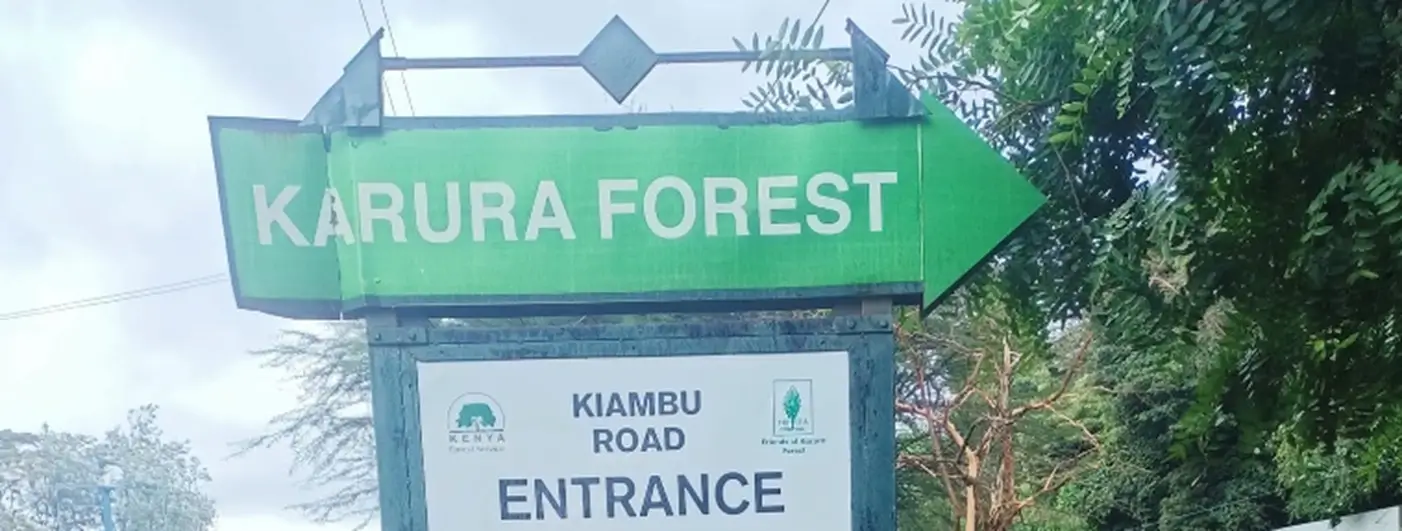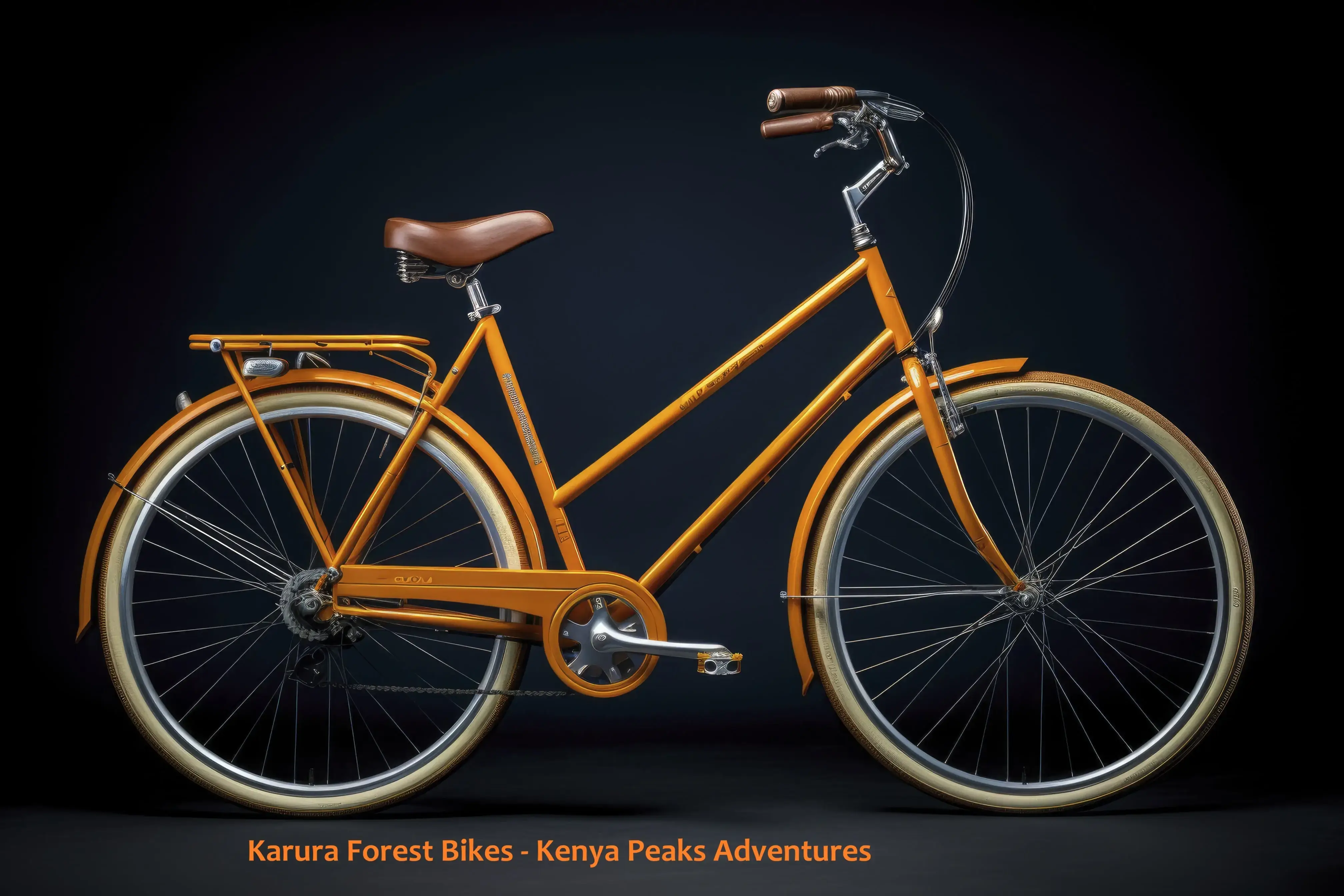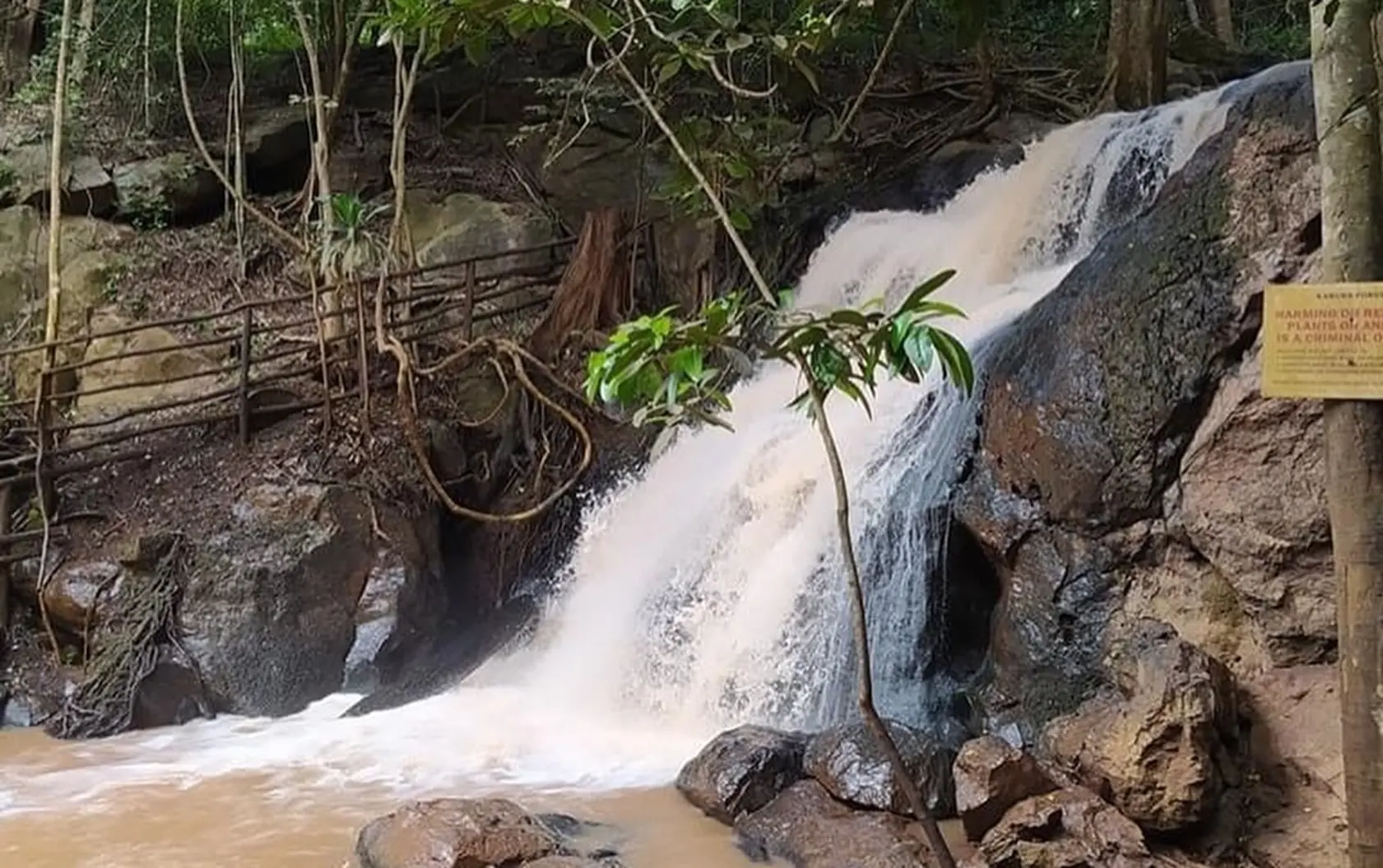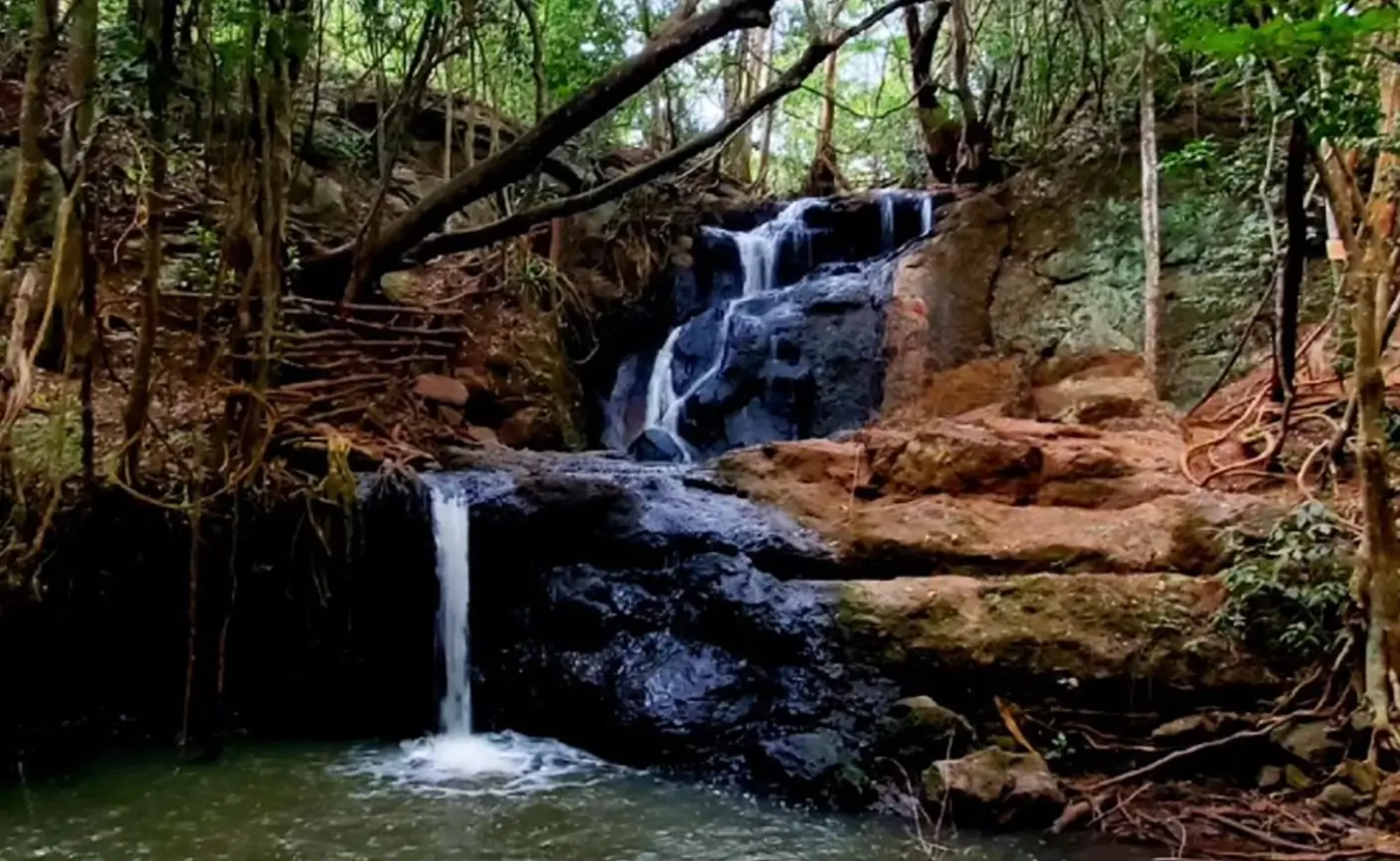
Karura Forest is an urban forest that is located on the outskirts of Nairobi City County in Kenya. As a resident of Nairobi, I find Karura forest an ideal place to visit during any time of the day for a nature walk or hiking.
The forest has well marked trails for anyone that wants to
have a nature walk of ride a bike along the trails. Karura Forest has an area
of approximately 1,041 hectares (2,570 acres). This area was established in
1932 and stands out as Kenya’s conservation efforts.
Karura Forest has wonderful activities to enjoy. I have experienced
the bike
riding, viewed the mau mau caves, and hiked along the forest’s trails
multiple times. Here is some helpful information to help you have an excellent
experience at the Forest as well.
Recreation and Activities at Karura Forest
Karura Forest offers a range of outdoor
activities that you can do while being surrounded by the beautiful leafy
trees in the area.
Trails and Sightseeing
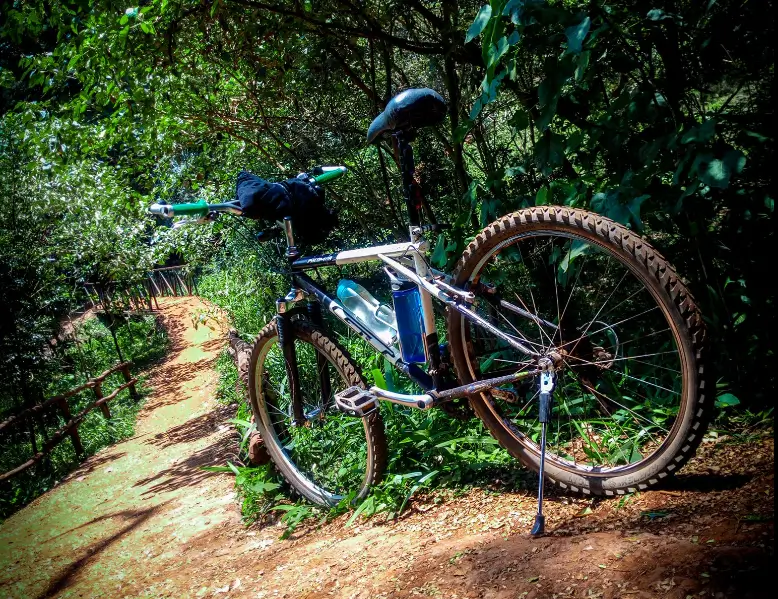
Karura Forest features over 50km of trails suited
for walking, jogging, and cycling. Visitors
can explore these trails to enjoy the tranquility of nature, with the added
benefit of sighting over 605 wildlife species including birds and apes.
Those interested in eco-tours can also participate
in guided walks, which provide more insight into the forest's ecology and
history.
- Walking
and jogging: The forest has designated trails for hiking enthusiasts
of all levels, making it a popular destination for both leisure and
fitness activities.
- Cycling:
Cyclists are welcomed and bike rentals
are available for those who do not own bikes.
- Sightseeing:
The forest's rich biodiversity offers ample opportunities for nature
enthusiasts and photographers to enjoy the scenic beauty.
Facilities and Amenities

Karura Forest is equipped to host various events and provide
numerous amenities to enhance the visitor experience:
- Picnics
sites: We have seen multiple picnic areas designated for visitors. There
are multiple picnic sites available for visitors to relax and enjoy the
serene forest environment.
- Events:
The forest can accommodate events ranging from weddings to team-building exercises.
Talk to our team at Kenya Peaks Adventures for a custom teambuilding
package if you are planning to have such an event in the area.
- KFEET
Centre: This educational center holds exhibitions and eco-tours for
those looking to learn more about environmental conservation.
- Food:
Although visitors are encouraged to bring their own food for picnics,
there are some on-site food options available.
- Tennis:
Tennis courts are present for visitors looking to engage in sports
activities.
- Safety:
The park prioritizes visitor safety with rules in place to ensure a secure
experience, such as designated areas for dogs to maintain wildlife
conservation efforts.
With a combination of well-maintained trails and various
facilities, Karura Forest provides a comprehensive experience for recreation
and leisure in the heart of Nairobi.
Helpful Tips for Karura Forest
Karura Forest Reserve offers a serene escape within the
Nairobi city limits. Visitors can access its wonders and contribute to its
preservation through an understanding of its rules and conservation efforts.
Access and Regulations
Entrance: The main entrance to Karura Forest is
located off Limuru Road near the Belgian Embassy.
It is one of several gates that facilitate entry into the
reserve, including other notable access points along Kiambu Road and Peponi
Road.
Opening Hours: The forest is open to visitors daily.
The opening hours are from 6:00 AM to 6:00 PM, with the last entry permitted at
5:00 PM to ensure all visitors leave before darkness falls.
Parking: Ample parking is available near the
entrances, with security provided by the Kenya Forest Service (KFS).
Entry Fee: Karura
entry fees are determined based on residency status—citizens,
residents, and non-residents.
|
Status |
Entry Fee (KES) |
|
Citizens |
100 |
|
Residents |
200 |
|
Non-residents |
600 |
Fees for
vehicle parking and other activities within the reserve also apply.
Regulations: The reserve is protected by an electric
fence to preserve its natural resources. Visitors must adhere to regulations
set forth by the Kenya Forest Service to maintain the integrity of the habitat.
Activities such as walking, jogging, and cycling are
encouraged, but all within the framework of respect for the environment.
History and Significance of Karura Forest
Karura Forest is managed jointly by the Kenya Forest Service
and the Friends of Karura Forest Community Forest Association. Karura offers
both residents and non-resident visitors a tranquil escape from urban life.
The forest also serves as a vital green lung for Nairobi,
providing a water catchment area and a sanctuary for a variety of wildlife
species, including several types of birds and smaller mammals.
The community and visitors can enjoy engaging in activities
like walking, jogging, bird-watching, and tree-planting.
Karura Forest was gazetted in 1932. Since then, the forest
has seen multiple events and the rise of environmental movements which have
significantly shaping Nairobi's landscape.
Mau Mau Rebellion and Caves
During the Mau Mau Rebellion in the 1950s, Karura Forest
served as a hideout for fighters.
The forest contains a network of caves, which were used by Mau
Mau rebels as strategic meeting points and sanctuaries.
These caves are a testament to the forest's role in Kenya's
struggle for independence.
Wangari Maathai and Environmental Conservation
Wangari Maathai, the Nobel Peace Prize laureate, championed
the protection of Karura Forest in the late 20th century.
She founded the Green Belt Movement which was instrumental
in organizing protests to halt illegal land grabs and deforestation.
Maathai's persistent efforts ensured Karura's preservation
as an urban green space, attesting to the global significance of environmental
conservation.
Biodiversity and Natural Attractions
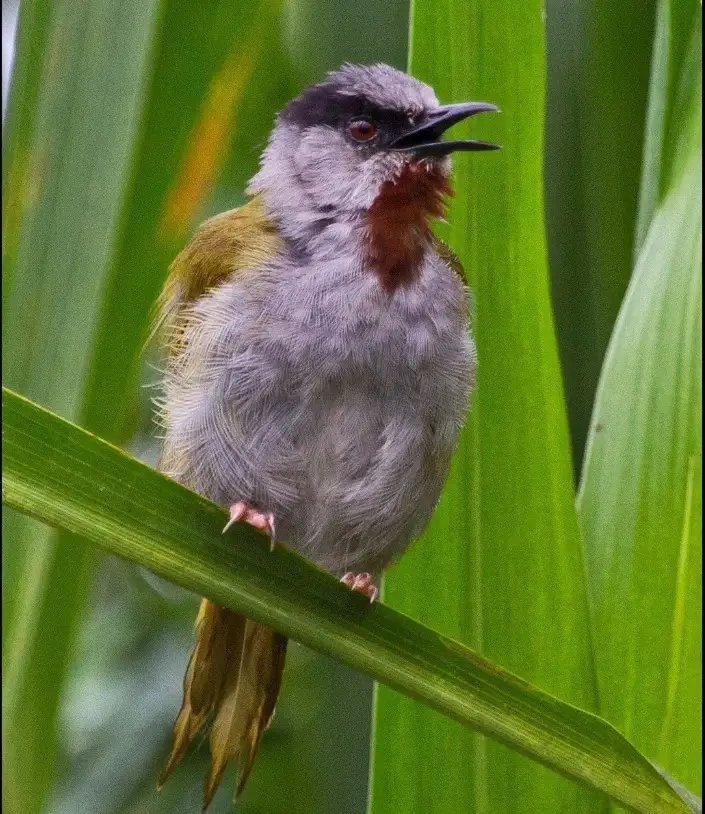
Karura Forest is not only a serene getaway from the urban
buzz of Nairobi but also a rich repository of Kenyan wildlife and natural
landscapes. We have noted some species of apes and birds while jogging through
the trails.
Wildlife and Plants
Karura Forest provides habitat for a wealth of wildlife,
thriving within its boundaries. Among the mammalian species, one can find
the duiker, a small antelope known for its shy nature, and bush
bucks that roam the underbrush.
The forest is also home to bush pigs, porcupines,
and the nocturnal genet. A unique sighting for visitors could be
the elusive bush baby, a small primate with large, expressive eyes.
In addition to mammals, the forest supports a population
of civets and hares.
Karura forest is also ideal for birdwatching because it has
multiple species of birds. You cannot walk more than 50 meters without spotting
a bird on a tree or flying around.
Karura is a habitat conducive for primates as well, with
several species of monkeys agilely navigating the tree canopy.
Almost every time I walk quietly through the forest, I catch a glimpse of these
creatures.
The botanical component of Karura Forest is equally
impressive. The forest has a large number of eucalyptus trees,
initially introduced to the area, alongside a significant presence of
native trees.
Indigenous upland forest species comprise 36% of the tree
population. The diverse vegetation offers a flourishing environment for butterflies,
adding color and motion to the forest landscape.
Geographical Features
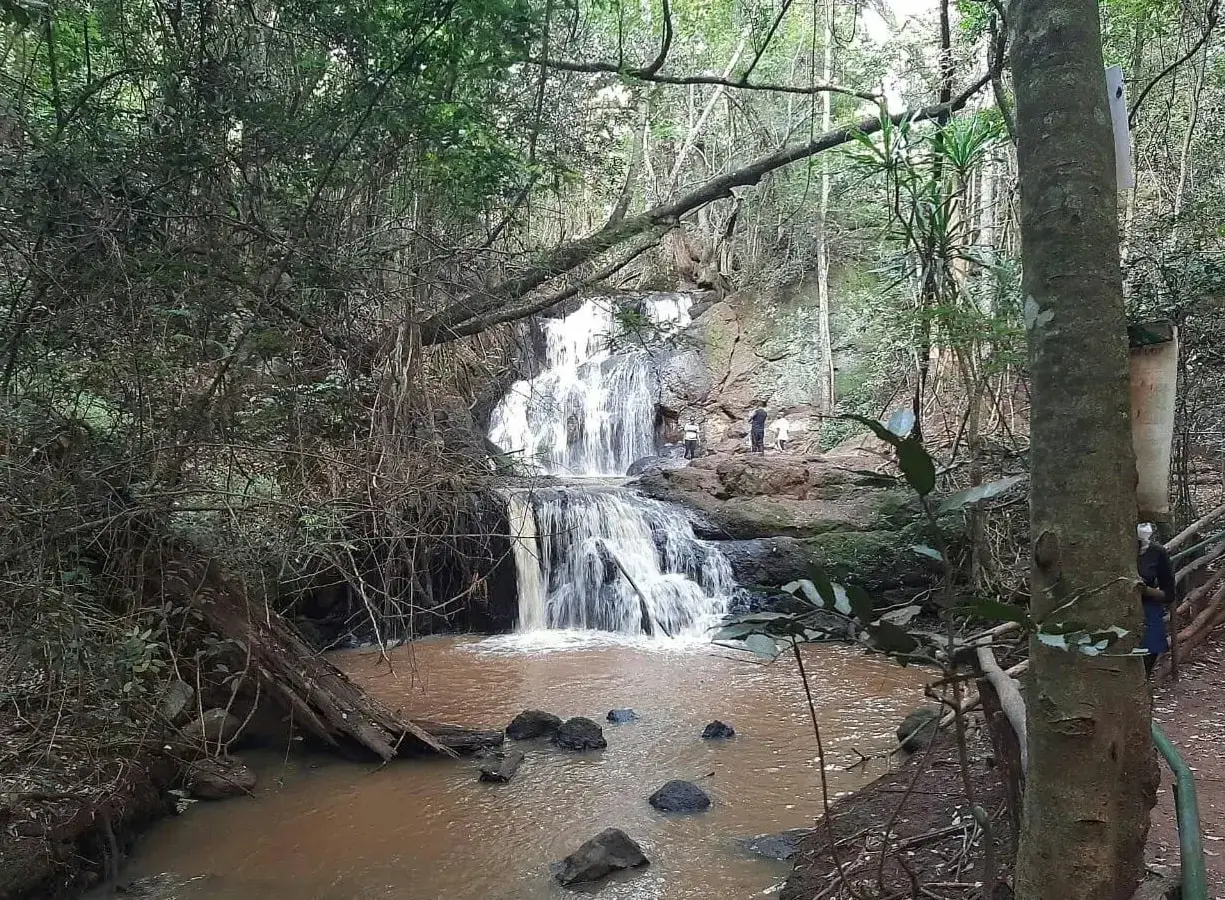
Karura Forest is as well-regarded for its natural formations
as it is for its biodiversity. The area harbors enthralling waterfalls,
with the Karura
waterfall and Ruaka waterfall being the most prominent.
These beautiful waterfalls provide a tranquil backdrop for
hikers and are among the forest's main attractions.
Embedded in the geography of Karura are pockets of marshland,
supporting aquatic plants and wildlife and contributing to the diverse
ecosystems within the forest.
The forest's geographical variety is apparent in the bamboo
forest section that introduces a different texture to the landscape.
These areas not only enhance the visual appeal of Karura but
also support different species of wildlife and plants, playing a crucial role
in the ecosystem's health and resilience.
Conservation Efforts at Karura Forest
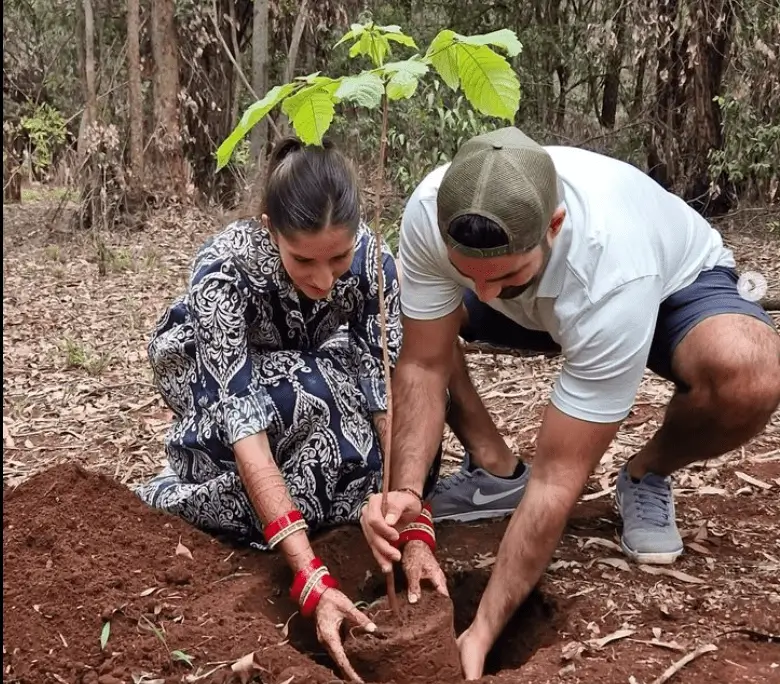
Karura Forest Reserve spans approximately 1,000 hectares and
is a significant natural resource for Nairobi, adjacent to affluent
neighborhoods like Runda and Muthaiga.
The Friends of Karura Community Forest Association,
alongside the Kenya Forest Service, plays a crucial role in safeguarding this
urban forest. They monitor its use and engage in activities like tree planting
and recycling initiatives. Their efforts ensure that Karura remains a shining
example of successful urban conservation compatible with city life.
Moreover, regular patrols and an electric fence have been instrumental in safeguarding Karura Forest against encroachment and illegal activities, reinforcing its status as a protected area adjacent to Nairobi National Park.
